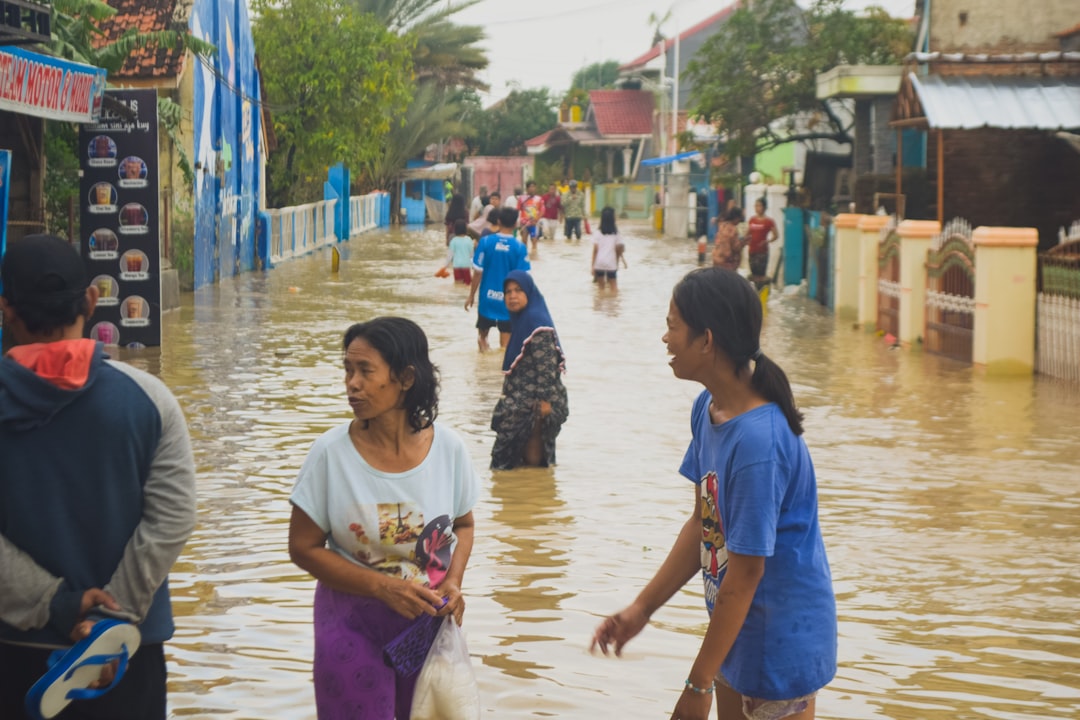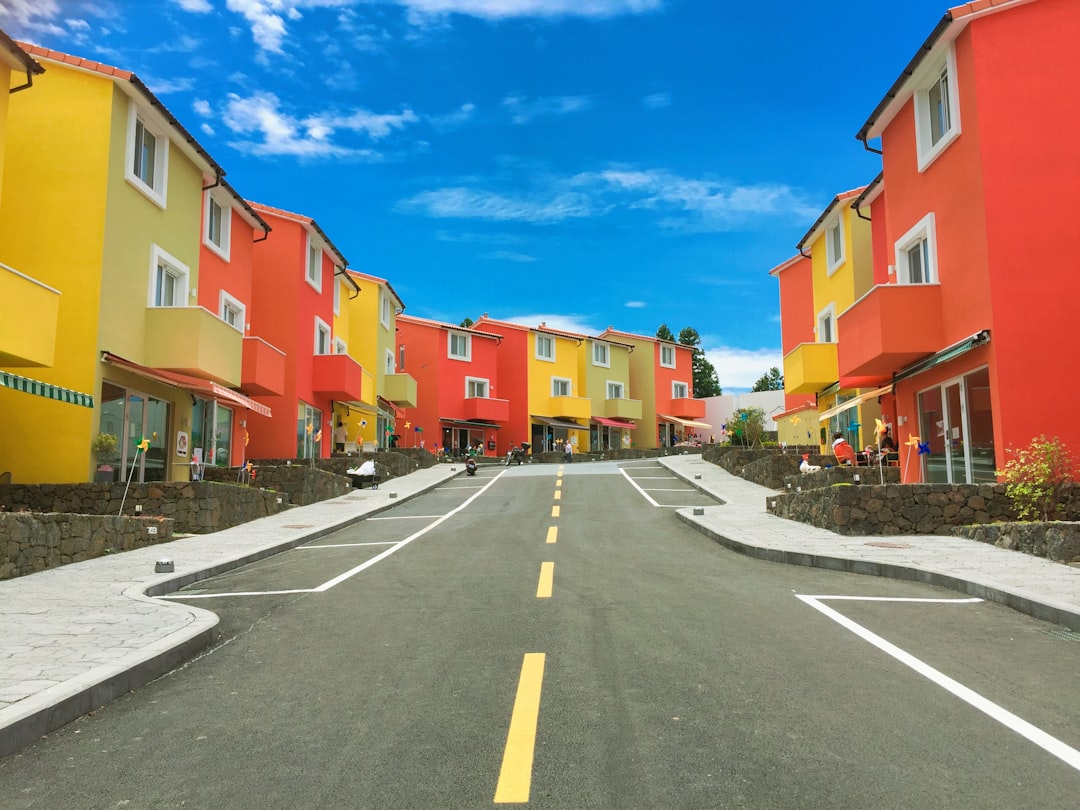What is it about?
Four tertiary wastewater treatment (WWT) technologies were assessed regarding their sustainability performance in producing recycled wastewater, considering a ‘triple bottom line’ approach (i.e. economic, environmental, and social). These are powdered activated carbon adsorption coupled with ultrafiltration membrane separation (PAC-UF), reverse osmosis, ozone/ultraviolet-light oxidation and heterogeneous photo-catalysis coupled with low-pressure membrane separation (photocatalytic membrane reactor, PMR). The articipatory method called simple multi-attribute rating technique exploiting ranks was employed for assigning weights to selected sustainability indicators. This sustainability assessment approach resulted in the development of a composite index as a final metric, for each WWT technology evaluated.
Featured Image
Why is it important?
The development of an appropriate multi-criteria analysis (MCA) framework is pursued in this study for the assessment of the sustainability performance of four selected tertiary WWT technologies in treating secondary municipal effluents for reuse. To strengthen the MCA framework, a participatory model was utilized, which was based on a survey. This approach captured the judgments of decision-makers in Greece, thus enabling the development of a support tool for the selection of an appropriate WWT technology.
Perspectives
The MCA framework that was developed in the present study could facilitate the rather complicated decisionmaking process by providing a multi-dimensional overview of the alternatives. Therefore, the results of this study provide useful insights into a tool (to be further developed) helpful to decision-makers for selecting the most appropriate WWT technology.
Dr Konstantinos Plakas
Center for Research and Technology, Hellas
Read the Original
This page is a summary of: Sustainability assessment of tertiary wastewater treatment technologies: a multi-criteria analysis, Water Science & Technology, December 2015, IWA Publishing,
DOI: 10.2166/wst.2015.630.
You can read the full text:
Contributors
The following have contributed to this page










